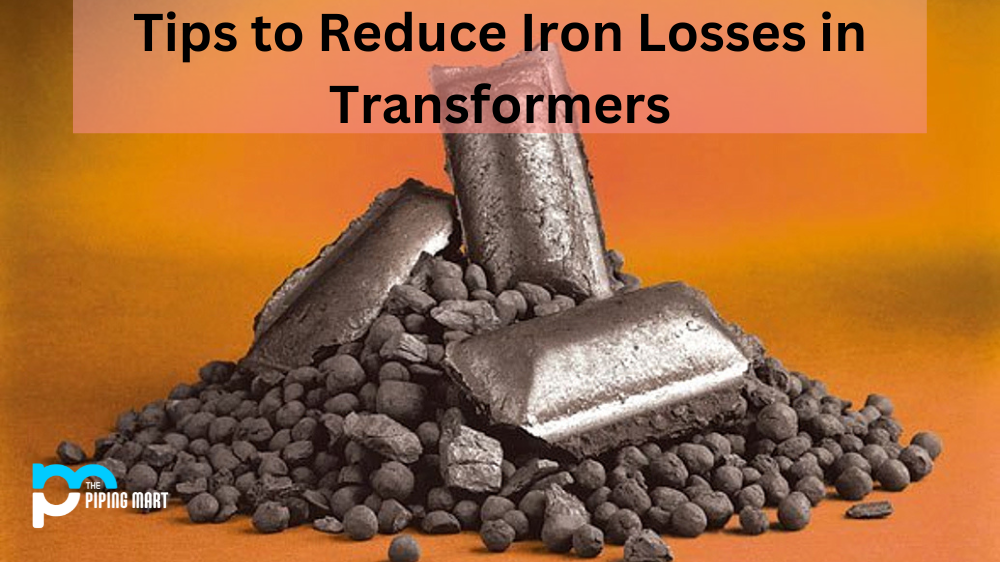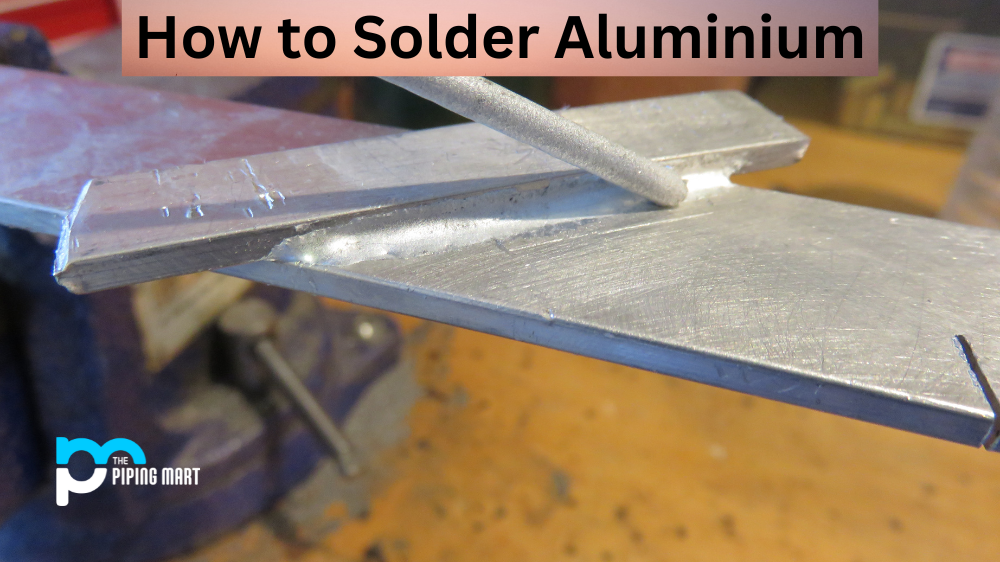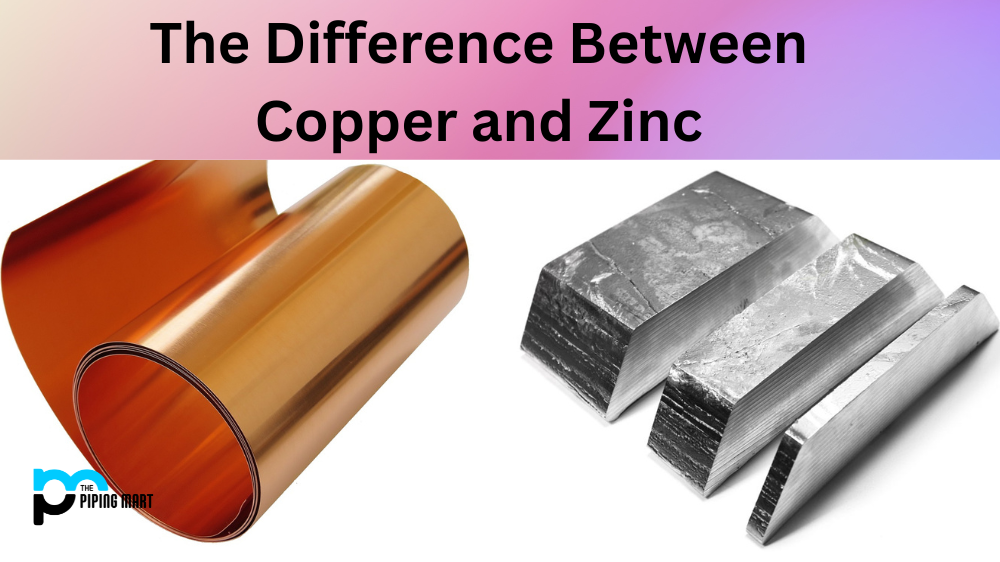Joining two different types of metals together can be a tricky task. When welding aluminium to mild steel, it’s important to understand the process and the limitations of the materials being joined. With the right preparation and technique, welders can successfully join these two materials together. Let’s dive into the basics of welding aluminium to mild steel.
Preparing the Materials for Welding
Before welding aluminium to mild steel, it’s essential that both surfaces are prepared properly. This means making sure that the surface area is clean and free from any dirt or debris which could interfere with the weld quality. It’s also important that all rust or oxidation is removed prior to welding, as this will have an adverse effect on the strength of the joint. In most cases, a wire brush should be used for this purpose. Once cleaned, it’s best practice to use a grinder to ensure that any sharp edges are rounded off before beginning the actual welding process.
Choosing a Filler Rod
The type of filler rod used when welding aluminium to mild steel is determined by several factors, such as the thickness and alloy content of both metals being joined. Generally speaking, ER4043 is an excellent choice for joining these two materials due to its ability to resist corrosion and its low melting point, which allows for easier puddle control during welding. For thicker sections, an ER5356 filler rod may be required in order to provide additional strength and durability in high-stress environments where temperatures reach extreme levels.
Welding Process
Once both surfaces have been prepared properly, you can begin the actual welding process. It’s important that you maintain your arc length at approximately ¼ inch from each surface being joined in order to ensure proper penetration throughout each pass (or layer). Additionally, it’s important not to drag your filler rod along either surface as this will cause excess to spatter accumulation which can lead to weak weld joints or even cracking if not addressed quickly enough. Finally, use caution when striking an arc near aluminum; too much heat too quickly can cause porosity in your finished weld bead, which could affect its overall strength and durability over time.
Select the Appropriate Welding Rod
The first step in welding aluminium to mild steel is to select the appropriate welding rod. There are a variety of welding rods available on the market, and each has its own advantages and disadvantages. For this particular application, you will want to use an aluminium welding rod.
Prepare the Work Area
Once you have selected the appropriate welding rod, you will need to prepare the work area. This includes setting up your welding machine, ensuring that there is adequate ventilation, and ensuring that the work area is clean and free of debris.
Preheat the Work Area
Before you begin welding, you will need to preheat the work area. This can be done with a torch or by using a preheating plate. The goal is to raise the temperature of the metal so that it is easier to weld.
Begin Welding
Once the work area is preheated, you can begin welding. Start by striking an arc on the aluminium welding rod. Then, move the rod along the seam of the two pieces of metal that you are joining. As you weld, be sure to keep the arc consistent and steady.
Conclusion:
Welding aluminium to mild steel requires patience and precision, but with some practice, it can be done correctly without compromising either material’s properties or compromising safety guidelines recommended by OSHA or other regulatory bodies overseeing workplace safety standards in various industries worldwide. By following these tips and using a high-quality filler rod specifically designed for this application, welders can achieve superior results while avoiding potential problems caused by inadequate preparation or improper technique during their work processes. With practice comes greater confidence, so don’t be afraid to experiment with different approaches until you find what works best for you!

Pipingmart is a B2B portal that specializes in metal, industrial and piping items. Additionally, we share the latest information and information about materials, products and various types of grades to assist businesses that are involved in this business.




